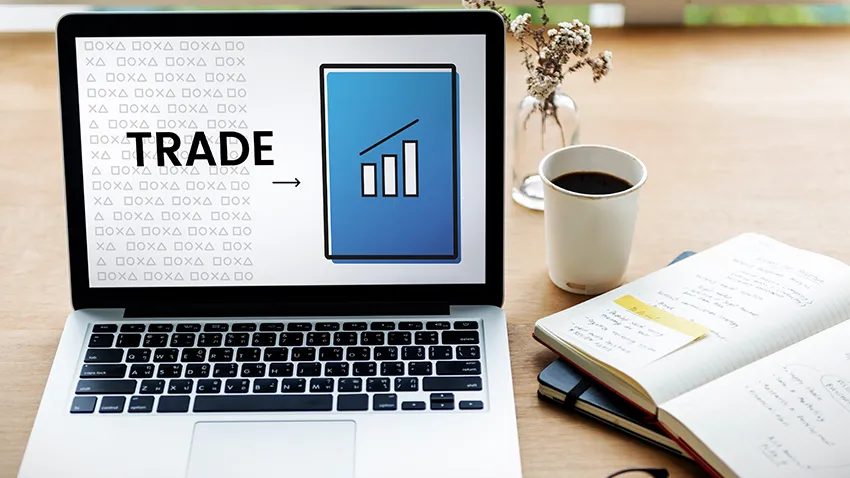In the world of trading, the terms ‘order book’ and ‘trade book’ play crucial roles in understanding market activities. These two components are fundamental to traders and investors, each serving distinct purposes in the realm of financial markets. Let’s find out more about the key differences between the two terms and about their significance and functions.
Table of Contents
Defining Order Book
When you place an order in the equity market or through futures and options, the order book captures its details, including quantity and price, with unique order numbers for future reference. The order book is a digital record of buy/sell orders, providing traders with transaction details and status updates, such as requested, executed, expired, cancelled, partly executed, or rejected. Once an order is executed, it moves to the trade book, recording the assigned number and execution status. While trade and order books may appear similar, there are distinctions between the two, as elaborated below.
Defining Trade Book
When an order meets all the necessary conditions and is successfully executed on the stock exchange, the trade book reflects the actual execution status along with the assigned trade number. This trade book encompasses order details from equity, futures, and options trading. In the case of a limit order, the trade book registers the order only upon execution.
Both the order book and trade book can be organised based on the exchange, trading segment, and instrument. These records are specific to the trading day, providing traders with seamless actions like closing or adding positions directly from the trade book. Monitoring the order and trade books is crucial for maintaining a digital audit trail and tracking investments while checking the order/trade ratio helps ensure accuracy and prompts necessary adjustments.
Facts About Order Book Vs Trade Book
Some of the differences between book trade and trade book are as follows:
- The order book can let you look at the status of your order, which is cancelled/modified/pending or executed. The trade books show traders only details about an executed order, apart from executed orders you can’t find other records in a trade book.
- The market order which you place in the stock market is executed in real-time at the current market price. This is one of the simplest orders, but as the market fluctuates you need to verify before placing an order as it gets recorded in the order book and also gets recorded in the trade book simultaneously.
- In the limit order, where the order is set on a conditional basis, for a specified price. In the limit order, the execution takes time. So, there will be partial execution in the trade book until the execution is completed. Until the conditions are met, the trade order will not appear in the trade book. That is one of the major differences between the order book and the trade book.
- Clearing the limit order concept, now if you know about the stop-loss order it is an order wherein you buy or sell financial assets at preset price. By touching the preset price, your stop order is effectively converted into a market order. Until a specific price is reached, a stock order will not appear in the trade book.
- A short explanation for the order book vs trade book will be that anyone can see immediate execution, and it gets reflected in the trade book. But the more serious online trader can find their unexecuted limit orders in the order book, as it is not reflected in the trade order.
As a vigilant investor, the order book and the trade book are important sources of information for your trade. You can view your trade log and get more information about it. It is always advisable to cross-check your order book and trade book along with the contract note that you received on the evening of the trade. Trading is a serious job, you need to cross-verify multiple things before completing a trade. Don’t miss out on the opportunity to profit from the market with short term trading strategies that work.
Conclusion
Comprehending the differences between the order book and trade book is vital. The order book offers real-time order status, while the trade book focuses solely on executed orders. Market orders instantly reflect in both books, while limit orders show partial execution until conditions are met. Stop-loss orders appear in the trade book only when preset prices are touched. Investors use these books for trade insights, underscoring the need for cross-verification with contract notes in crafting a thorough trading strategy.

